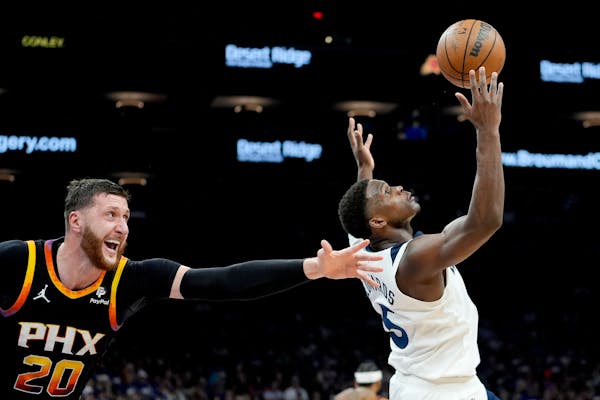It isn't easy being a soft drink these days. First New York Mayor Michael Bloomberg's administration started a national conversation about the sugary drinks by banning oversized portions in restaurants. Now a Harvard study has linked soda to aggressive or violent behavior.
Based on 1,800 interviews with Boston teens, researchers found that 59 percent of the heaviest soda drinkers -- those who consume five or more cans a week -- reported an incident with a peer, as opposed to 35 percent of the low-consumption group. The heavy soda drinkers were also nearly twice as likely to carry a weapon. Researchers said they controlled for other factors such as alcohol and tobacco use and weight.
The Harvard study didn't go so far as to say that sodas cause violence. But it does track with two others in the past five years that have linked declining mental health and antisocial behavior to soda consumption.
SLATE
Doctors seek cheerleader protectionsLaryngitis might once have been the worst injury a cheerleader faced. But cheerleading has become a full-on competitive sport of its own, with injuries to match.
The American Academy of Pediatrics has issued a policy statement to try to ensure that participants -- 3.6 million kids ages 6 and older -- get the same care as quarterbacks and pitchers.
"Cheerleading has become extremely competitive in the past few years, incorporating more complex skills than ever before," said Cynthia LaBella, a member of the academy's council on Sports Medicine and Fitness.
She is a co-author of the new guidelines, which call for coaches and schools to develop emergency plans and ensure that cheerleading has the same level of coaching, injury surveillance and medical care as other programs.
Only 29 state high school athletic associations recognize cheerleading as a sport, and the National Collegiate Athletic Association does not include it as a sponsored sport. That inclusion, the academy said, gives a program protections such as well-maintained practice facilities, certified trainers and physicals.
Since 2007, there have been 26,000 cheerleading injuries a year nationwide, and the sport accounts for 66 percent of all catastrophic injuries to high school female athletes in the past 25 years, the academy said.
The guidelines call for all participants to have preseason physical exams and access to qualified strength and conditioning coaches. They also seek training for all cheerleaders in spotting others; for pyramid and other stunts to be performed only on a spring or foam floor or on grass; for pyramids to be limited to two people high; for a written emergency plan, and for cheerleaders suspected of suffering a head injury to be removed from participation until cleared by a health professional.
LOS ANGELES TIMES
In heated western Minn. GOP congressional primary, outsiders challenging incumbent

Minnesota Sports Hall of Fame: A class-by-class list of all members

This retired journalist changed professional wrestling from Mankato

